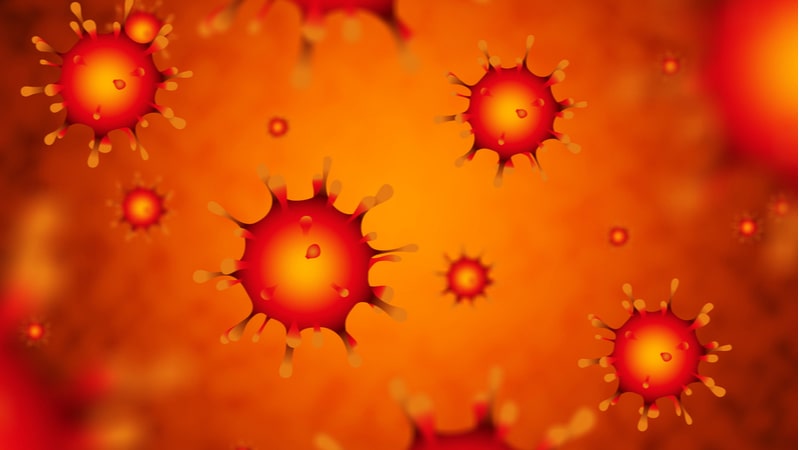
The Defense Advanced Research Projects Agency (DARPA) is seeking innovative basic or applied research concepts to detect airborne SARS-CoV-2 pathogens.
“Sensing SARS-CoV-2 virus in the air with high sensitivity and specificity could provide a new mechanism for public health monitoring, enabling safer conditions for a wide range of basic activities including work, travel, and school,” DARPA said in an opportunity notice.
What will be known as the SenSARS program looks to identify SARS-CoV-2—also known as COVID-19—signatures suitable for rapid indoor air monitoring and will aim to use these signatures to develop and demonstrate a technology readiness level (TRL) 4 prototype sensor.
DARPA points out that most detection capabilities for COVID-19 require a sample to be collected and sent to a lab for detection of viral genetic signatures or associated antigens. The process can take between tens of minutes to several days to see results, and processing times are too slow to be used for atmospheric sampling.
“In general, current methods are not suitable for room-sized, indoor environmental monitoring and lack practical combinations of sensitivity, specificity (precision and recall), acceptable false positive rates, and speed and/or have substantial barriers to scaling due to cost or size, weight, and/or power requirements,” DARPA said. “Recent developments in radiofrequency vibrometry, improvements in terahertz sources and sensors, improvements in mass spectrometric techniques, emerging immunosensing techniques, electrochemical detection methods, and advances in signal analysis using machine learning approaches could potentially surmount these challenges.”
The SenSARS program will be broken up into two nine-month phases with a total award value limited to $1 million – $500,000 for Phase 1 Feasibility Study and $500,000 for Phase 2 Proof of Concept option.
Proposal responses to the notice are due no later than Dec. 1, 2020.
